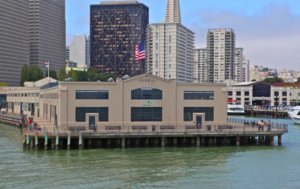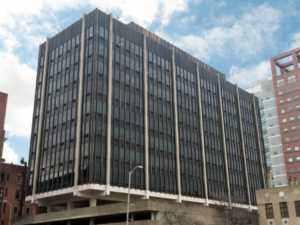Architects, contractors and managers who make a living improving the energy efficiency of buildings know the drill: They fight hard for cost-effective energy-efficient designs, and they fight even harder to ensure these designs and systems survive cost-cutting efforts that can arise.

Technically sound projects don’t always get off the ground for several economic reasons. Sometimes the split incentive embedded in leases means the owner makes the capital investment but the tenant reaps the economic benefit. Other times, architects, contractors and managers must face the fact that they simply cannot get internal capital allocated to energy-efficiency projects despite their undeniable cost effectiveness. For small business owners, it can come down to lack of funds. For larger companies, the capital allocation process often translates into investment hurdle rates that are hard to attain because energy-efficiency projects must meet two- or three-year simple paybacks.
If an energy retrofit project makes economic sense and internal capital won’t be allocated to it, textbooks suggest the use of external capital. In practice, it’s not that easy. For small business owners, getting third-party financing often requires personal guarantees, some equity investment or other conditions. For larger companies, the use of external capital involves lengthy discussions that may include the downside of borrowing when a building’s holding period is up in the air, the cost of project capital versus corporate debt, and the balance sheet impact of the borrowed funds.
Enter Property Assessed Clean Energy (PACE) Financing. PACE is a tax-lien financing program that allows interested property owners to finance qualifying energy-efficiency and clean-energy improvements on their properties through a voluntary benefit assessment placed on their property tax bill.
This exciting form of third-party financing provides unique benefits to building owners:
- The cost of PACE financing and the benefits generated can be shared with tenants, thus eliminating the split-incentive issue that derails so many energy-efficiency projects.
- One-hundred percent of project costs, including soft costs such as development fees, can be financed through PACE, which removes the requirement for out-of-pocket expenses for owners.
- PACE financing is available with flexible terms up to 20 years, making it possible to generate positive cash flow—and operating income—from projects with simple paybacks as long as 12 years. This increased operating income translates to higher property values for building owners.

- PACE is entirely property-based financing. As a result, it requires no personal or corporate guarantees.
- PACE is attached to a property tax bill, so the obligation to repay the financing automatically transfers to the new owner upon the sale of the property, along with the energy-saving benefits generated by the project. This eliminates any holding-period concern owners may have.
- It’s generally accepted that PACE does not affect a building owner’s typical loan covenants, such as debt to equity ratios.
